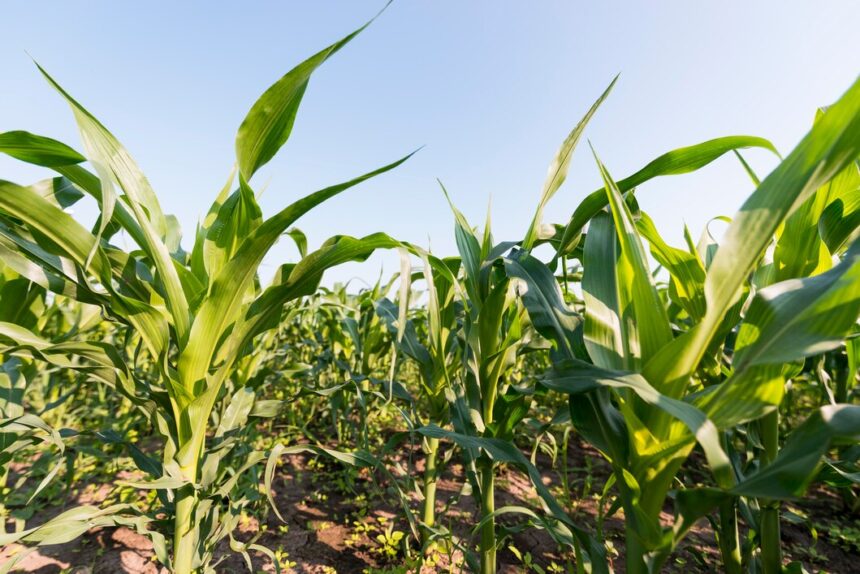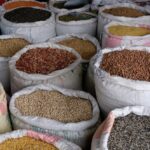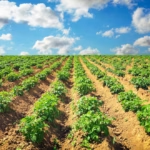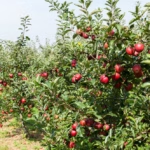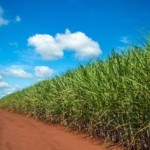Maize, also known as corn, is a staple crop in many regions around the world, including South Africa. As a water-intensive crop, proper irrigation is essential for maximizing maize yield and quality. However, determining when to irrigate can be challenging, especially for novice farmers. To help ensure optimal maize growth and development, it’s crucial to recognize the early signs that your maize crop needs irrigation. Here are ten indicators to watch out for:
1. Wilting Leaves:
One of the most obvious signs that your maize crop needs irrigation is wilting leaves. When maize plants lack sufficient water, their leaves may appear droopy, limp, or wilted, especially during the hottest part of the day.
2. Curling or Rolling Leaves:
In addition to wilting, maize plants may exhibit curling or rolling of leaves as a response to water stress. This is a protective mechanism to reduce water loss through transpiration and conserve moisture in the plant tissues.
3. Leaf Rolling from the Tip:
If you notice leaf rolling starting from the tip of the maize plant, it could indicate that the crop is experiencing water deficit stress. Pay attention to the severity and extent of leaf rolling, as it can provide valuable insights into the crop’s water status.
4. Pale or Yellowing Leaves:
Water-stressed maize plants may develop pale or yellowing leaves, particularly in older leaves at the bottom of the plant. This discoloration is often a result of nutrient deficiencies caused by reduced water uptake and nutrient transport in the plant.
5. Stunted Growth:
Maize plants that are not receiving adequate water may exhibit stunted growth, with reduced plant height and fewer leaves compared to well-watered plants. Monitor the overall vigor and development of your maize crop to identify signs of growth retardation.
6. Delayed Tasseling and Silking:
Water stress can delay the onset of flowering in maize plants, resulting in delayed tasseling (male flowers) and silking (female flowers). This can negatively impact pollination and kernel development, ultimately reducing yield potential.
7. Shallow Root Development:
Healthy maize plants should develop deep and extensive root systems to access water and nutrients from the soil. If you observe shallow root development or restricted root growth, it may indicate that the crop is struggling to access water in deeper soil layers.
8. Cracked or Dry Soil:
Inspect the soil around your maize plants for signs of dryness, cracking, or hardening. Dry, compacted soil can hinder water infiltration and root penetration, exacerbating water stress in maize crops.
9. Increased Pest and Disease Pressure:
Water-stressed maize plants are more susceptible to pest infestations and disease outbreaks, as their weakened state compromises natural defense mechanisms. Monitor your maize crop for signs of insect damage, fungal infections, or other pest and disease symptoms.
10. Reduced Yield Potential:
Ultimately, prolonged water stress can have a significant impact on maize yield and quality, leading to reduced kernel size, poor grain fill, and lower overall productivity. By recognizing the early signs of water stress and addressing irrigation needs promptly, you can help mitigate yield losses and maximize maize production.
In conclusion, paying attention to these ten early signs can help you identify when your maize crop needs irrigation and take proactive measures to ensure optimal water management. By providing timely irrigation and maintaining adequate soil moisture levels, you can support healthy maize growth, maximize yield potential, and contribute to the success of your farming operation. Remember to monitor weather conditions, soil moisture levels, and crop development regularly to make informed irrigation decisions and optimize maize production in South Africa’s agricultural landscape.


